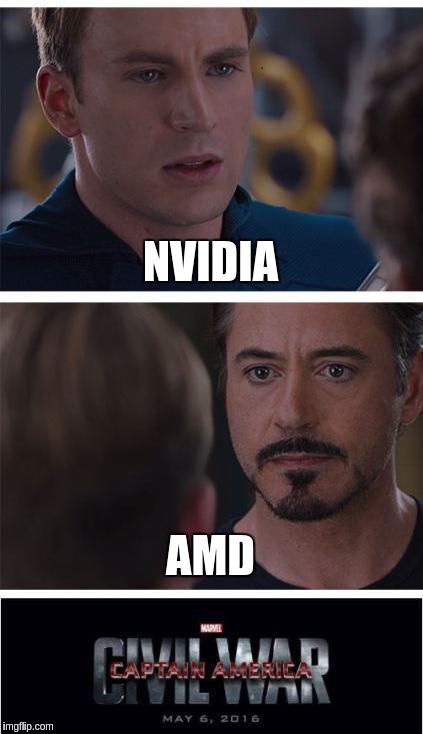- Joined
- Mar 3, 2018
- Messages
- 1,713
AMD presented their new "Rome" EPYC processors at the New Horizon event earlier this week, and they made some bold claims about the CPU's architecture and performance. The raw live stream has a lot of filler, but AdoredTV posted a great summary and analysis of the new architecture.
Check out the video here.
It's a bad week to be an Intel fanboy.
Check out the video here.
It's a bad week to be an Intel fanboy.
![[H]ard|Forum](/styles/hardforum/xenforo/logo_dark.png)
